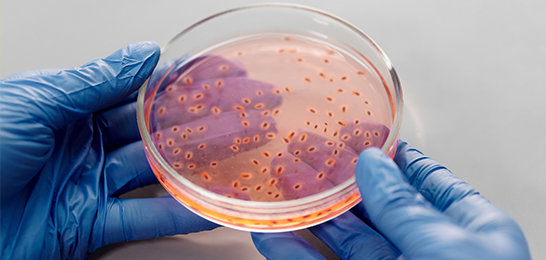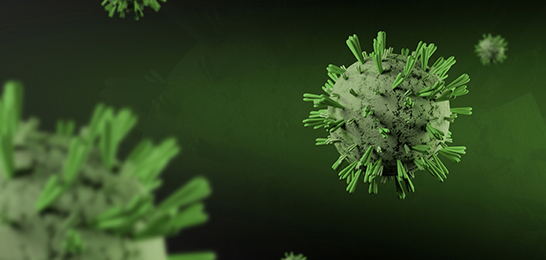Published Date: May 31 2024
Fibroblast growth factor family members have a wide range of mitogenic and cell survival activities. They can effectively participate in various biological processes such as embryonic development, cell growth, tissue repair, etc. Fibroblast growth factors can be divided into basic fibroblast growth factor and acid fibroblast growth factor. In this article, we will introduce the basic fibroblast growth factor.
Biological Functions of Basic Fibroblast Growth Factor
The basic fibroblast growth factor is an important mitogenic factor and an inducer of morphogenesis and differentiation. Its main biological roles include promoting angiogenesis, wound healing and repair, tissue regeneration, and nerve regeneration. As a cytokine, basic fibroblast growth factor has a strong in vitro effect.
Powerful Repairing Actions of Basic Fibroblast Growth Factor
Basic fibroblast growth factor has significant chemotactic activity on traumatized cells, inducing inflammatory cells, fibroblasts and vascular endothelial cells to move towards the traumatized area, which activates phagocytosis of macrophages, improves immune activity, and significantly reduces the chances of trauma being infected. The basic fibroblast growth factor promotes the repair and regeneration of cells derived from mesoderm and ectoderm.
Basic Fibroblast Growth Factor Promotes Fibroblast Migration
The basic fibroblast growth factor significantly accelerates the regeneration and migration of fibroblasts, thereby promoting wound healing. It promotes endothelial cell migration when it binds to the corresponding receptor. This facilitates capillary proliferation, promotes the growth and differentiation of new cells in the wound, and induces the formation of subcutaneous microvessels, thus improving microcirculation of the wound and allowing the wound to heal quickly without leaving scars easily.
The Basic fibroblast growth factor utilizes cell signalling pathways to regulate cell proliferation in trauma repair, which will have positive significance to both the normal healthy tissues of living organisms and the understanding of pathological tissue formation and to provide the most accurate and effective treatment. The basic fibroblast growth factor is believed to play an even greater role in the application of trauma tissue repair shortly, based on the increasingly mature genetic engineering technology and regenerative medicine technology.









